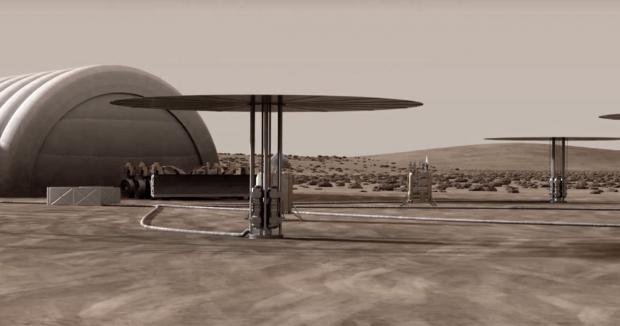
Breaking News
 Nancy Pelosi has officially announced her RETIREMENT at the end of her term, January 3, 2027.
Nancy Pelosi has officially announced her RETIREMENT at the end of her term, January 3, 2027.
 Omeed Malik: The Technocrat Muslim Billionaire Inside MAGA
Omeed Malik: The Technocrat Muslim Billionaire Inside MAGA
 Democrat-led government shutdown is now causing flight delays, threatening air traffic control,...
Democrat-led government shutdown is now causing flight delays, threatening air traffic control,...
Top Tech News
 HUGE 32kWh LiFePO4 DIY Battery w/ 628Ah Cells! 90 Minute Build
HUGE 32kWh LiFePO4 DIY Battery w/ 628Ah Cells! 90 Minute Build
 What Has Bitcoin Become 17 Years After Satoshi Nakamoto Published The Whitepaper?
What Has Bitcoin Become 17 Years After Satoshi Nakamoto Published The Whitepaper?
 Japan just injected artificial blood into a human. No blood type needed. No refrigeration.
Japan just injected artificial blood into a human. No blood type needed. No refrigeration.
 The 6 Best LLM Tools To Run Models Locally
The 6 Best LLM Tools To Run Models Locally
 Testing My First Sodium-Ion Solar Battery
Testing My First Sodium-Ion Solar Battery
 A man once paralyzed from the waist down now stands on his own, not with machines or wires,...
A man once paralyzed from the waist down now stands on his own, not with machines or wires,...
 Review: Thumb-sized thermal camera turns your phone into a smart tool
Review: Thumb-sized thermal camera turns your phone into a smart tool
 Army To Bring Nuclear Microreactors To Its Bases By 2028
Army To Bring Nuclear Microreactors To Its Bases By 2028
 Nissan Says It's On Track For Solid-State Batteries That Double EV Range By 2028
Nissan Says It's On Track For Solid-State Batteries That Double EV Range By 2028
US Closer To Developing Small Nuclear Reactors That Sustain Life On The Moon & Mars

At least back to 2018, NASA and the Department of Energy's National Nuclear Security Administration (NNSA) have been working on a portable nuclear reactor to power deep-space exploration, such as human missions to Mars in the next decade and beyond.
"Small nuclear reactors can provide the power capability necessary for space exploration missions of interest to the Federal government," the Energy Department wrote Friday.
The Dept. of Energy call for partners reads as follows:
Battelle Energy Alliance, LLC (BEA), the managing and operating contractor for the U.S. Department of Energy's Idaho National Laboratory (INL), is seeking information from leaders in the nuclear and space industries to develop innovative technologies for a fission surface power (FSP) system that can be operated on the moon. The request for information can be viewed here. Responses are sought by Sept. 8. After receiving responses, INL will issue a request for proposal.
According to Time Magazine commentary, the plan includes two phases, described as first, "Developing a reactor design" and second: "building a test reactor, a second reactor be sent to the moon, and developing a flight system and lander that can transport the reactor to the moon."
"The goal is to have a reactor, flight system and lander ready to go by the end of 2026," the report says.

 The Technocratic Dark State
The Technocratic Dark State Carbon based computers that run on iron
Carbon based computers that run on iron

